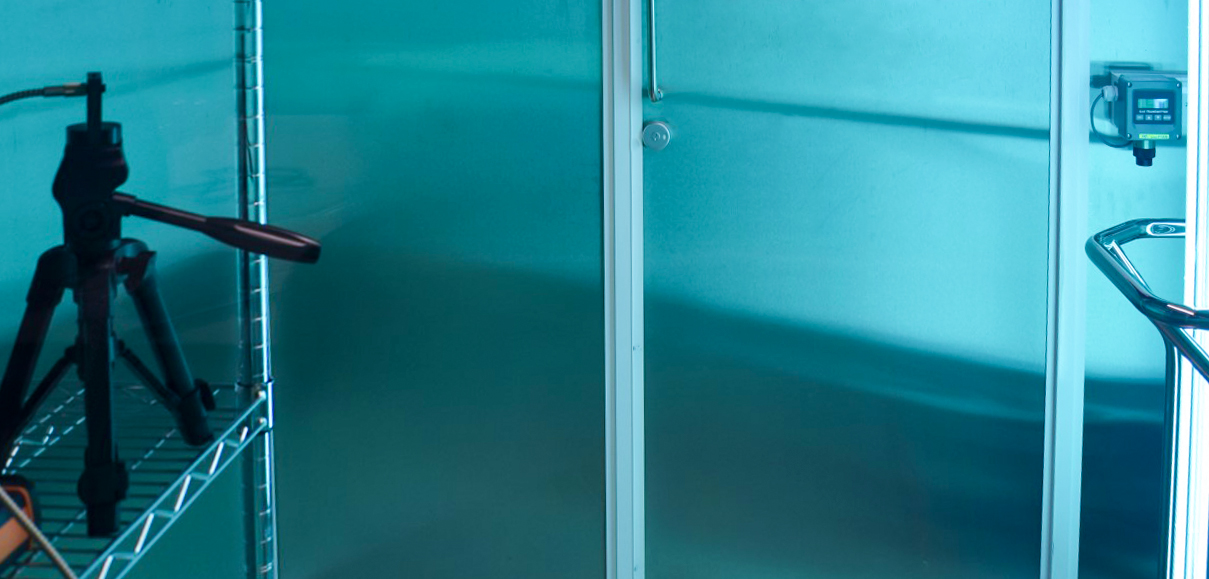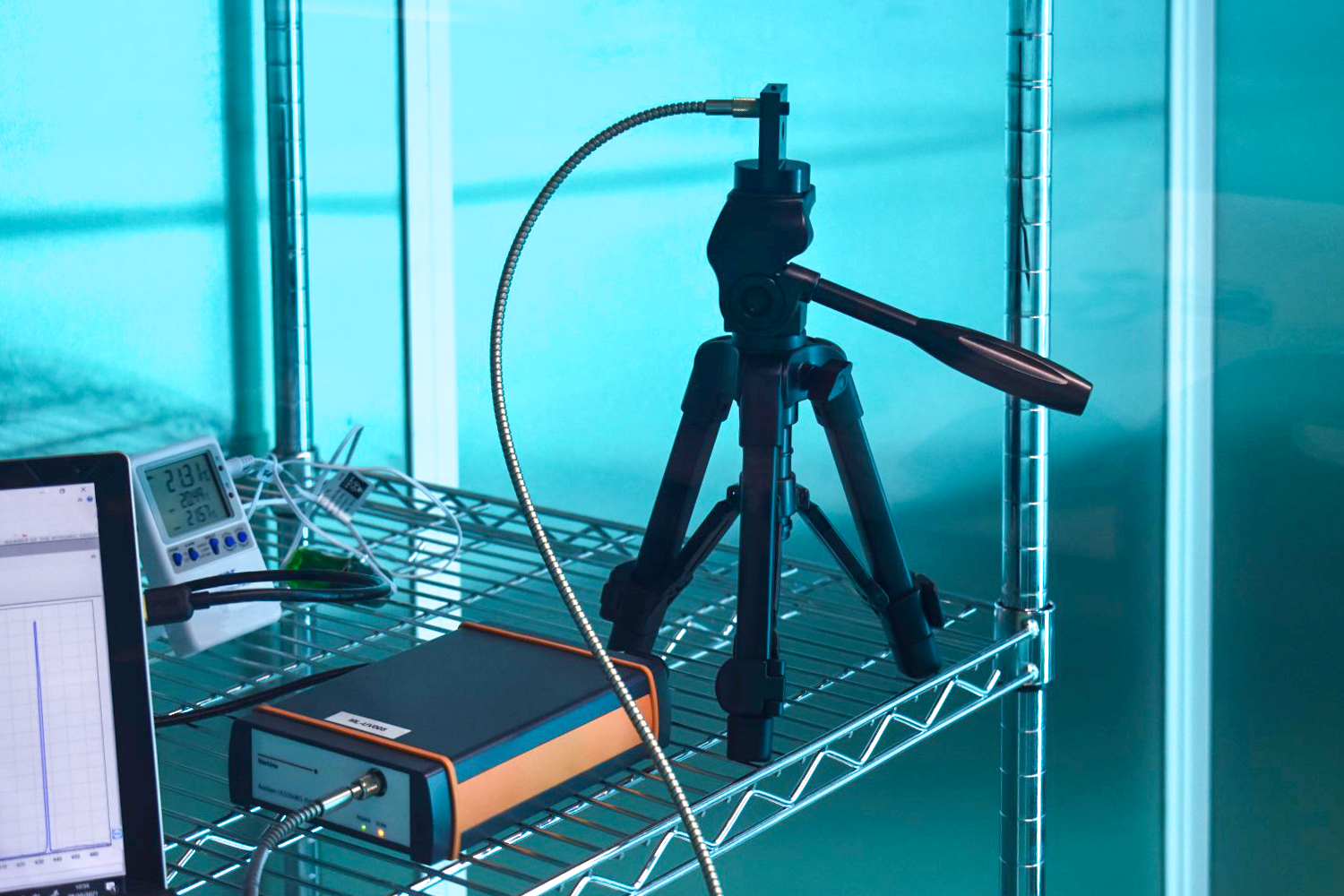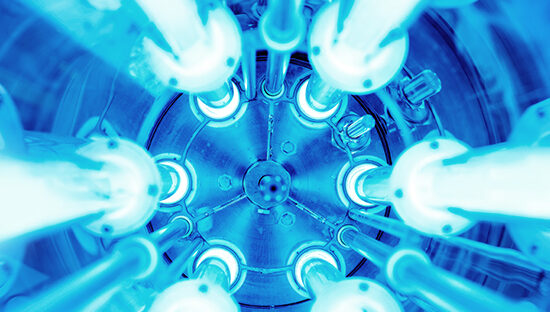
What is BS ISO 15727 standard?
Disinfection via ultraviolet C (UV-C) irradiation can be fast and efficient, but to achieve this level of efficiency a high output is required (output, in this context, is the UV-C radiation power of a lamp, measured in Watts).
Originally created for measuring the output of UV-C air disinfection systems, BS ISO 15727 provides methods and formulas that can be used to calculate the output of linear UV-C lamps. This is important to manufacturers for several reasons:
- They can prove that their system meets regulatory requirements.
- They can confirm that their lamps or systems produce light in the correct wavelength, and at a sufficiently high output for disinfection.
- They can compare the efficiency of their lamps or systems in terms of energy usage and use that information to create more energy efficient products.
The measurement process requires specialised equipment. At minimum, a darkroom, a thermometer, and a UV-C radiometer calibrated by an ISO 17025 compliant laboratory are required. Depending on the requirements of the customer and the facilities of the laboratory performing the measurements, further equipment may be necessary. This is particularly true if the laboratory does not have access to a darkroom, as reflective surfaces in the testing area will impact the accuracy of the measurements.

Output test of BS ISO 15727
Before taking measurements, cosine correction of the radiometer must be performed using the UV-C lamp or system that will be tested. This involves taking irradiance readings at multiple distances from the lamp (irradiance in this context is UV-C radiation power over an area, usually measured in W/m2). For the purposes of this standard, this part of the process provides a minimum distance that the radiometer can be placed from the lamp while still providing accurate data.
Next, the test chamber must be set up. Both the UV-C lamp and the radiometer must be mounted at a specific distance from the floor and walls, with the distance between them being at least the minimum calculated during the cosine correction step. As previously mentioned, reflected light will interfere with the accuracy of the test so, if the test chamber is not a darkroom, steps must be taken to prevent reflected light from reaching the radiometer.
While it is possible to perform the test without blocking reflected light (by measuring reflected light separately and then subtracting the reflected light readings from the final result), the readings must be less than 1% of the total irradiance.
Once the test chamber has been set up, the lamp is operated as normal and the irradiance readings from the radiometer are recorded until the lamp reaches a steady state, then the steady state irradiance is recorded. Once this is complete, the readings acquired can be used to calculate the output of the UV-C lamp.
Read more: Disinfection using ultraviolet radiation



